When summer heat strikes, a malfunctioning air conditioning system in your car can turn every drive into an uncomfortable experience. Many of us wonder if AutoZone, a popular auto parts retailer, offers Freon refill services to help beat the heat without visiting a mechanic.
We’ve researched this common question thoroughly to save you time and frustration. While AutoZone sells various AC recharge kits and refrigerants for DIY enthusiasts, their in-store services have exact limitations you should know about before heading to your local store. Understanding exactly what AutoZone can and cannot do about your car’s AC system will help you make the right decision for your cooling needs.
Understanding AutoZone’s Freon Services
AutoZone doesn’t directly put Freon in your car as part of their in-store services. Their business model focuses on selling automotive parts and accessories rather than providing hands-on mechanical services like AC system recharging. This retail approach differs significantly from service-oriented businesses like repair shops or dealerships.
Instead, AutoZone sells DIY refrigerant recharge kits that contain R-134a (for older vehicles) or R-1234yf (for newer models manufactured after 2015). These kits typically include the refrigerant, pressure gauges, and hoses necessary for self-service recharging. Most kits range from $30-$100 depending on the type and amount of refrigerant included.
Many AutoZone locations offer free diagnostic services that can help identify AC system issues. These diagnostics might include checking for visible leaks or running electronic tests to pinpoint potential problems. Store associates can also provide advice on which products might best address your exact AC system needs.
AutoZone’s staff can explain how to use their AC recharge kits, but store policy prevents them from performing the actual recharge for liability reasons. AC systems operate under high pressure, contain environmentally regulated substances, and require exact knowledge to service properly. Legal restrictions also apply to handling refrigerants, as improper disposal can result in environmental damage and important fines.
What Is Refrigerant and Why Your Car Needs It
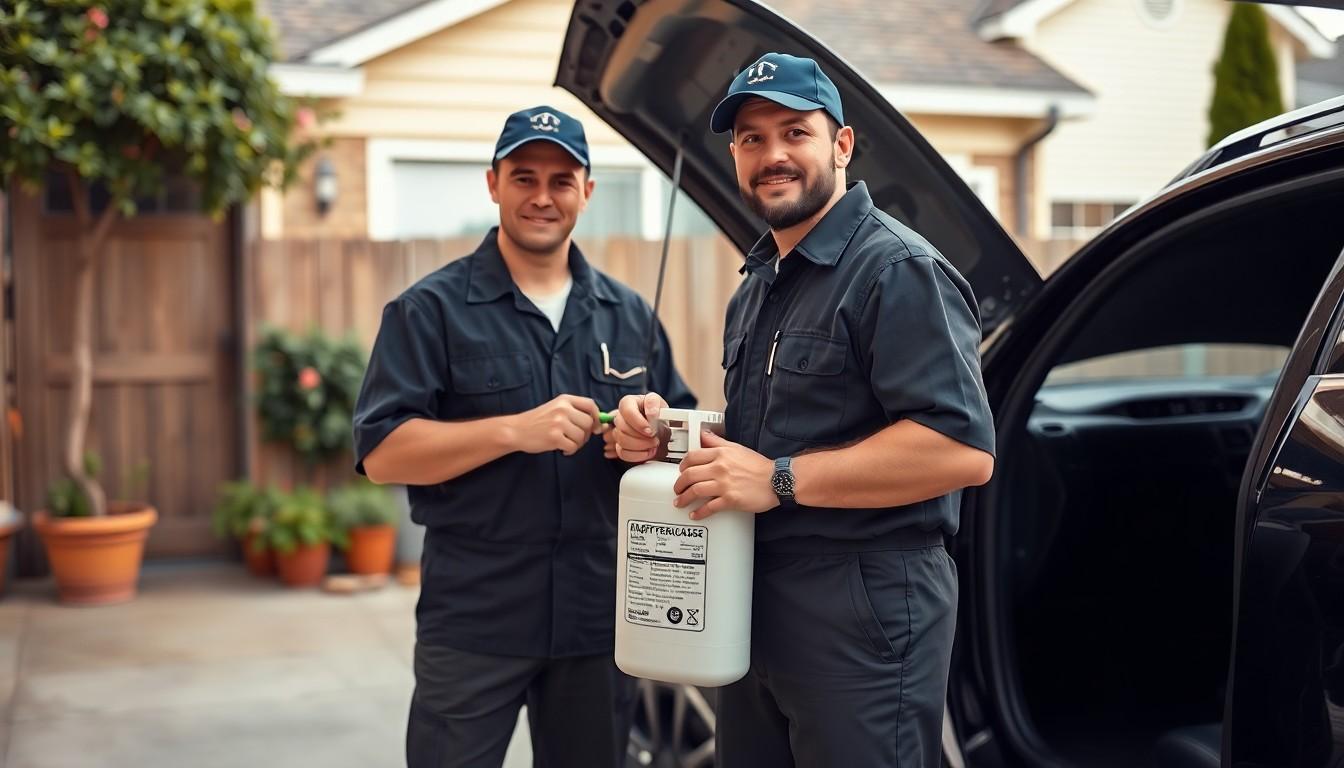
Refrigerant is a specialized chemical compound that absorbs heat from your car’s interior and releases it outside, creating the cooling effect in your vehicle’s air conditioning system. This essential fluid circulates through the AC components, changing from a gas to a liquid state as it transfers heat. Modern vehicles typically use either R-134a or the newer, more environmentally friendly R-1234yf refrigerant types.
Your car needs refrigerant to maintain a comfortable cabin temperature during hot weather. Without adequate refrigerant levels, the AC system can’t effectively cool the air, leading to decreased performance or complete system failure. The refrigerant also helps lubricate the AC compressor, preventing premature wear and costly repairs.
Signs of low refrigerant include weak airflow, air that isn’t cold, and unusual noises from the AC system. When refrigerant levels drop, it’s often due to small leaks in the system rather than consumption, as refrigerant isn’t “used up” like fuel. AutoZone offers refrigerant recharge kits ranging from $30 to $100 for those comfortable with DIY answers, though they don’t perform the service themselves.
Regular maintenance of proper refrigerant levels protects the entire AC system from damage. Components like the compressor can fail when forced to operate with insufficient refrigerant, potentially turning a simple recharge into an expensive repair job costing $150 to $300 at professional service centers.
Will AutoZone Put Freon in My Car?
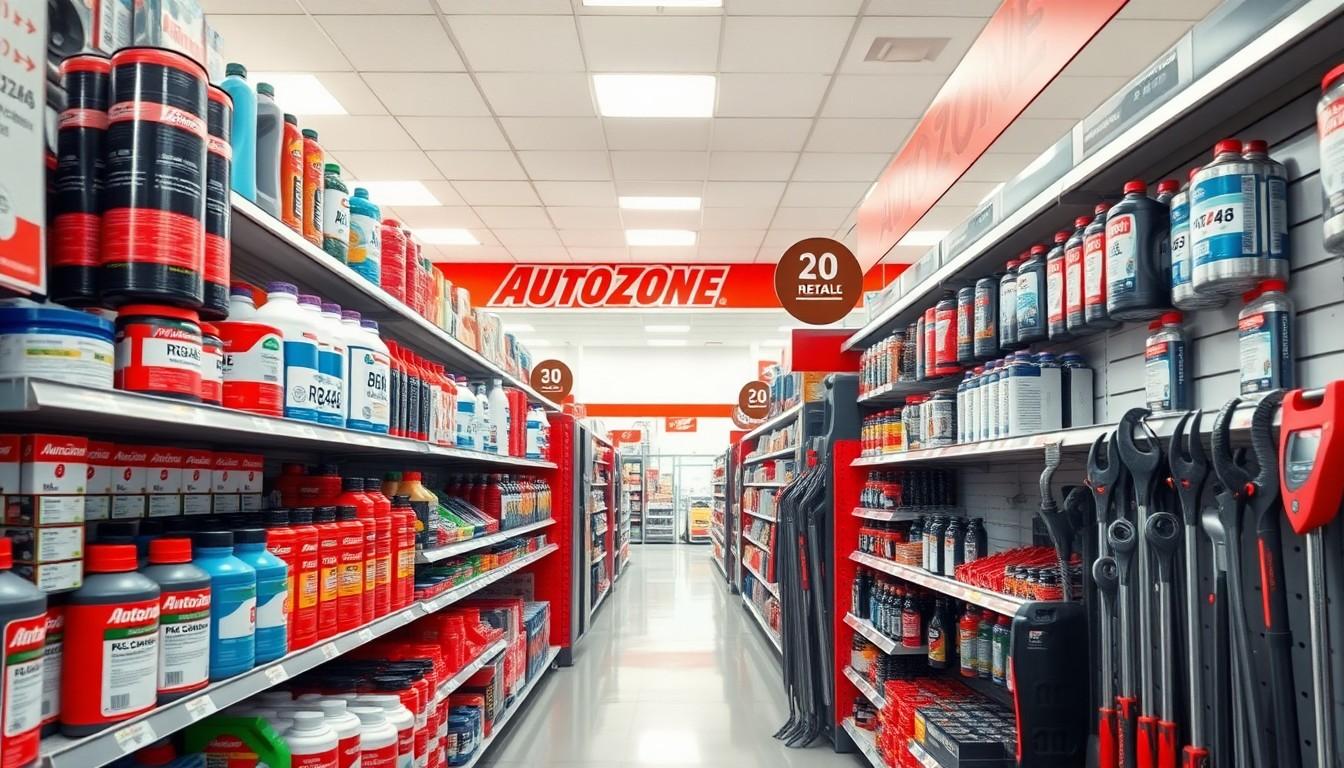
AutoZone doesn’t put Freon in your car. While they sell all the products you need for an AC recharge, they don’t perform the actual service of adding refrigerant to your vehicle’s air conditioning system.
AutoZone’s Official Policy
AutoZone’s company policy focuses on providing DIY answers rather than service installations. They stock R134a refrigerant, PAG46 oil, AC stop leak, and system cleaners for customers to purchase. Their business model centers around supplying the necessary tools and materials through programs like their Loan-A-Tool service, where customers can borrow specialized equipment. Store associates often offer helpful advice on how to complete the AC recharge process yourself, but company guidelines strictly prohibit employees from performing the actual refrigerant installation.
Legal Restrictions on Refrigerant Handling
Environmental regulations govern refrigerant handling across the United States. The Environmental Protection Agency (EPA) has established exact rules for refrigerant recovery, recycling, and handling that impact who can legally work with these chemicals. Certified training is required for individuals who handle refrigerants like R134a professionally. AutoZone’s approach aligns perfectly with these regulations by providing the products for DIY repairs without captivating in the regulated activity of refrigerant handling. Their policy protects both the environment and ensures compliance with federal guidelines while still serving customers’ automotive needs.
DIY Options at AutoZone

AutoZone doesn’t offer direct Freon recharge services for your vehicle. Instead, they provide everything you need to handle the AC recharge process yourself, with a variety of products and resources designed for DIY car maintenance enthusiasts.
Refrigerant Products Available
AutoZone stocks a comprehensive selection of refrigerants and AC system supplies for your DIY air conditioning recharge. Their product lineup includes R-134a refrigerant kits for most modern vehicles manufactured before 2020. A/C Pro recharge kits combine refrigerant with helpful tools like pressure gauges for easier application. PAG46 oil, an essential component for lubricating AC compressors, is readily available on their shelves. AutoZone also carries AC stop leak products to seal minor system leaks and prevent refrigerant loss. AC system cleaner helps remove contaminants that might impact your cooling performance.
Tools You’ll Need
AutoZone equips DIY mechanics with all the necessary tools for a successful AC recharge project. Their stores offer specialized A/C gauges and diagnostic tools to help you monitor system pressure accurately. Leak detection products like UV dye kits help identify the source of refrigerant leaks before recharging. AutoZone provides free A/C system diagnosis using their OBD-II code readers to identify exact issues with your cooling system. Expert staff can offer advice on proper A/C system maintenance and recharge procedures. The popular Loan-A-Tool program lets you borrow specialized tools needed for AC work without purchasing expensive equipment you’ll rarely use, making DIY repairs more accessible and affordable.
How to Add Refrigerant to Your Car
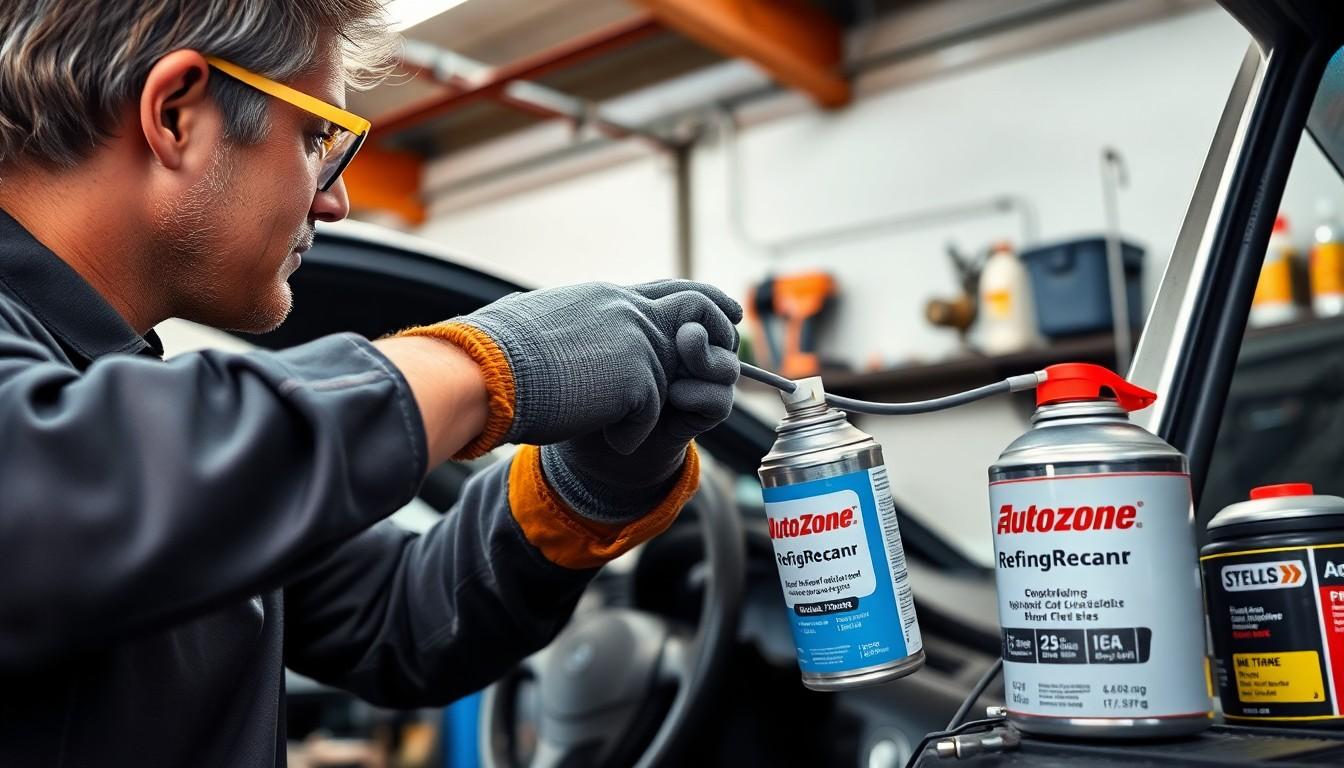
Adding refrigerant to your car’s AC system is a straightforward DIY task that can save you money on professional services. While AutoZone won’t add the refrigerant for you, they provide all the necessary supplies to complete this job yourself.
Safety Precautions
Proper safety measures are essential when handling refrigerant to protect yourself and your vehicle. Always wear protective gloves and safety glasses to prevent skin and eye contact with the refrigerant. Ensure you’re working in a well-ventilated area to avoid inhaling any fumes that might escape during the process. Read all instructions on the refrigerant can and additional equipment thoroughly before beginning the procedure. These precautions help minimize risks associated with refrigerant handling and ensure a safe recharging experience.
Step-by-Step Process
- Purchase the Necessary Materials – Visit AutoZone to acquire R134a refrigerant, which is common in most vehicles manufactured before 2020. Buy a pressure gauge to monitor system pressure accurately during the recharge process. Consider adding a leak detection dye to your purchase if you suspect your system might have leaks.
- Locate the Low-Pressure Port – Find the low-pressure service port on your AC system, typically marked with an “L” label. This port serves as the entry point for adding new refrigerant to your system.
- Connect the Refrigerant Can – Attach your refrigerant can to the low-pressure port using the provided hose and adapter. Double-check all connections to ensure they’re secure and tight to prevent any refrigerant leakage during the recharging process.
- Start the Engine and Turn On the AC – Run your vehicle’s engine and set the air conditioning to maximum cooling. This action activates the AC compressor and helps the system draw in the new refrigerant efficiently.
- Add Refrigerant – Slowly introduce refrigerant into the system while carefully monitoring the pressure gauge. Avoid overcharging, as excessive refrigerant can damage the system components. Check your vehicle’s manual for exact recommended pressure levels for optimal performance.
- Check for Leaks – Inspect your AC system for signs of leaks, especially if you’ve added leak detection dye. Use a UV light to identify any dye that may have escaped through small cracks or gaps in the system.
- Disconnect the Refrigerant Can – Once you’ve reached the appropriate pressure level, disconnect the refrigerant can from the low-pressure port. Ensure all connections are properly sealed to maintain system integrity.
- Test the AC – Turn off your engine, then restart it to evaluate the air conditioning system’s performance. Verify that cool air flows steadily through your vents, indicating a successful refrigerant recharge.
For completely drained systems, using a vacuum pump is recommended to remove air and moisture before adding new refrigerant. AutoZone’s Loan-A-Tool program can provide access to specialized equipment like vacuum pumps without the need to purchase them outright.
When to Seek Professional Help
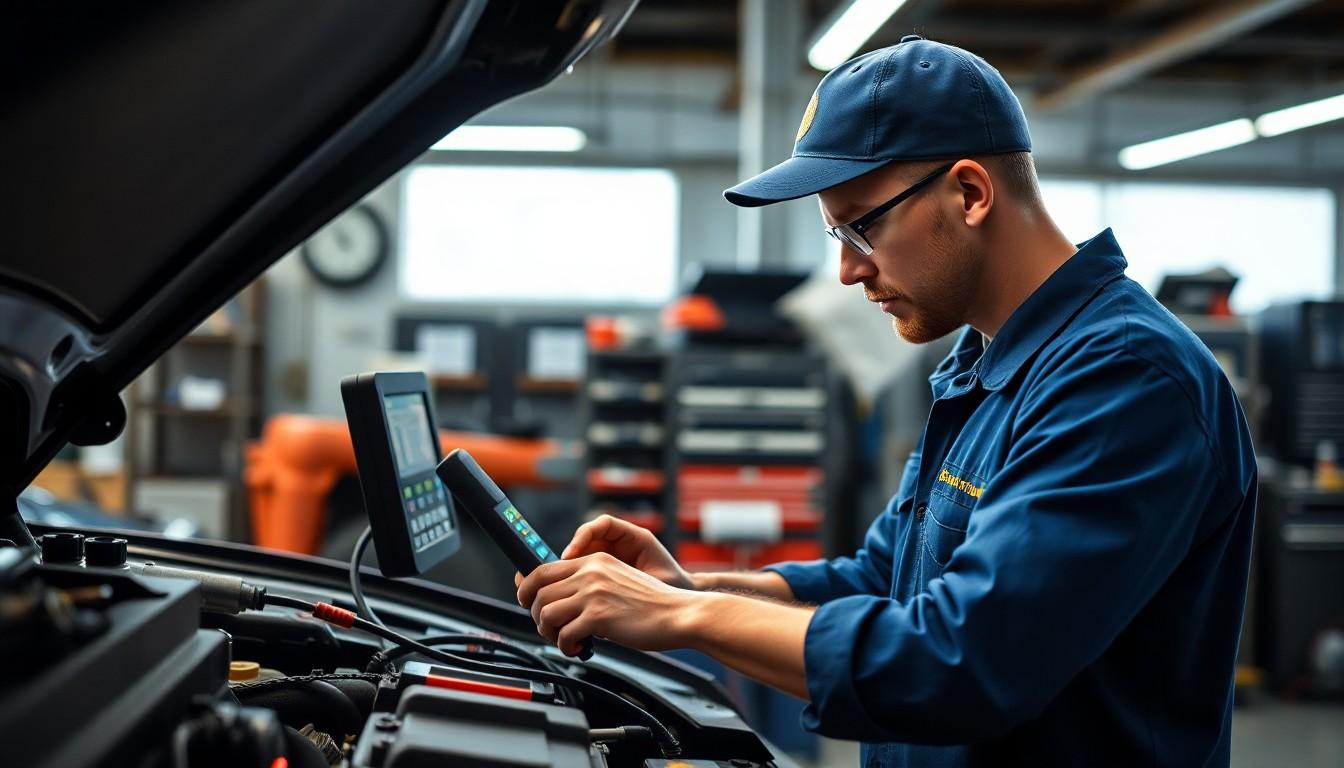
DIY refrigerant recharges aren’t suitable for every situation. Professional mechanics become essential when your AC system exhibits certain warning signs or requires specialized expertise.
Complex AC System Issues
Complex AC problems require professional diagnosis and repair. Technicians use specialized equipment to identify issues like compressor failures, condenser damage, or evaporator malfunctions. These components often need complete replacement rather than simple refrigerant additions.
When Refrigerant Leaks Occur
Refrigerant leaks demand professional attention because they indicate underlying system damage. Mechanics possess leak detection tools that precisely locate the source of refrigerant loss. Professional AC recharge services typically cost between $150 to $300, depending on the expertise and equipment required for your vehicle.
EPA Certification Requirements
Environmental Protection Agency regulations restrict handling of refrigerants to certified professionals. Licensed technicians complete specialized training on proper refrigerant recovery, recycling, and disposal procedures. Their certification ensures compliance with federal guidelines designed to protect the ozone layer.
Complete System Evacuation Needs
Empty AC systems require a vacuum pump to remove air and moisture before recharging. While AutoZone offers these tools through their Loan-A-Tool program, professionals have industrial-grade equipment that creates a more thorough vacuum. Complete system evacuations need precision that DIY methods often can’t match.
When DIY Attempts Fail
If you’ve already attempted a DIY recharge using AutoZone products without success, it’s time to consult a professional. Qualified mechanics can perform comprehensive diagnostics beyond what AutoZone’s free testing services provide. They’ll address the root cause rather than temporarily masking symptoms with additional refrigerant.
Other Places That Will Recharge Your AC
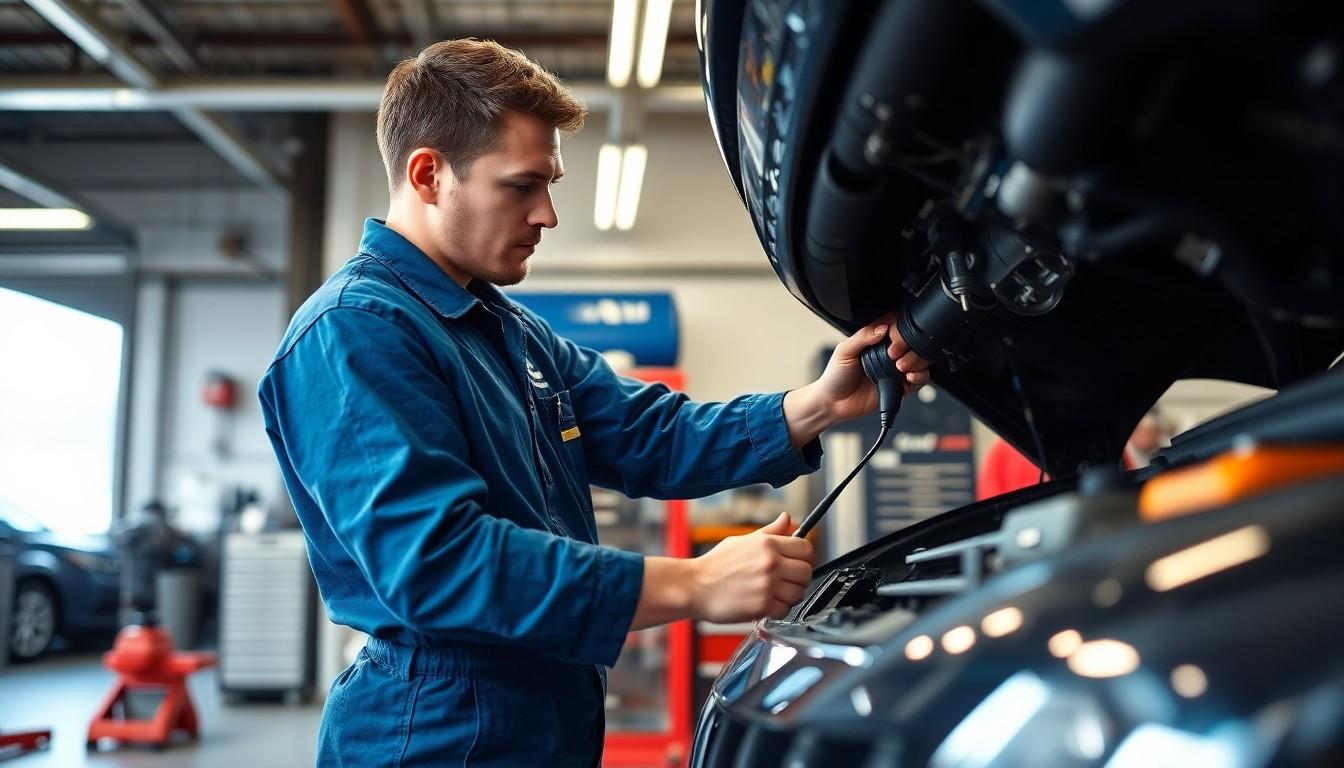
Since AutoZone doesn’t offer AC recharging services, you’ll need to look elsewhere for professional help with your car’s air conditioning system. Several automotive service providers specialize in AC recharge and repair services:
Automotive Repair Shops:
- Local independent mechanics often provide AC recharging services at competitive rates
- Chain repair shops like Midas, Meineke, and Firestone Complete Auto Care offer comprehensive AC service packages
- These establishments typically employ ASE-certified technicians with proper EPA certification for handling refrigerants
Car Dealerships:
- Your vehicle’s manufacturer dealership provides factory-trained technicians familiar with your exact model
- Dealerships use manufacturer-approved equipment and refrigerants for optimal performance
- They can address warranty-related AC issues if your vehicle is still covered
Specialized AC Repair Centers:
- Businesses dedicated to automotive climate control systems offer expert diagnostics and repairs
- These specialists have advanced equipment to detect leaks and properly evacuate the system
- Their technicians receive continuous training on the latest AC technologies and refrigerant regulations
Quick Service Centers:
- Jiffy Lube, Valvoline Instant Oil Change, and similar quick-service chains often include AC recharges in their service menu
- These locations provide faster service than full-service repair shops, usually without appointments
- Prices typically range from $100-$150 for a basic AC recharge service
Remember that professional AC service includes not just adding refrigerant but also checking for leaks, proper system pressure, and overall AC system health—services that go beyond the capabilities of DIY recharge kits available at AutoZone.
Cost Comparison: AutoZone vs. Professional Services

DIY Refrigerant Recharge Cost
AutoZone offers affordable DIY options for car AC recharging, with most recharge kits priced between $40 and $60. These kits typically include the refrigerant canister (R134a or R1234yf), a pressure gauge, and connection hoses necessary for the recharge process. Additional AC maintenance products like stop leak additives and system cleaners are also available separately for those looking to perform more comprehensive maintenance. The total investment remains significantly lower than professional services, making it an attractive option for budget-conscious car owners comfortable with handling the process themselves.
Professional Service Cost
Professional AC recharge services typically range from $150 to $300, depending on your vehicle model and the exact issues with your AC system. This higher price includes not just the refrigerant but also expert diagnostics to identify potential underlying problems like leaks or component failures. Technicians use specialized equipment to properly evacuate the system before recharging, ensuring optimal performance. Their comprehensive approach often includes checking system pressure, inspecting components for damage, and verifying proper operation after the recharge is complete.
Value Comparison
| Service Type | Average Cost | What’s Included |
|---|---|---|
| AutoZone DIY Kit | $40-$60 | Refrigerant, basic tools, DIY instructions |
| Professional Service | $150-$300 | Diagnostics, evacuation, recharge, system inspection |
The DIY approach through AutoZone saves money but requires personal time and effort to complete the task correctly. Professional services cost more but provide peace of mind through expert handling and comprehensive system evaluation. For those with mechanical aptitude, the DIY route offers important savings. Complex AC issues or uncertainty about the proper procedure might justify the additional expense of professional service, especially considering that incorrect refrigerant handling can cause further damage to expensive AC components.
Conclusion
While AutoZone doesn’t directly put Freon in your car they do provide everything you need for a DIY solution. Their refrigerant kits offer an affordable option for those comfortable with basic car maintenance saving you $100+ compared to professional services.
For simple recharges the DIY route can be effective but remember that complex AC issues like leaks or empty systems require professional attention. AutoZone’s diagnostic services can help identify if your problem is suitable for DIY or if you should visit a mechanic.
Whether you choose the DIY path with AutoZone’s products or opt for professional service your comfort during hot summer drives is worth the investment. The right approach depends on your comfort level with car maintenance your budget and the exact needs of your AC system.
Frequently Asked Questions
Does AutoZone refill Freon in cars?
No, AutoZone does not directly refill Freon in vehicles. Instead, they sell DIY refrigerant recharge kits containing R-134a or R-1234yf that cost between $30-$100. AutoZone’s business model focuses on selling automotive parts rather than providing hands-on mechanical services. While staff can explain how to use the kits, they cannot perform the actual recharge due to liability concerns and legal restrictions.
What refrigerant products does AutoZone sell?
AutoZone sells a comprehensive selection of refrigerant products including R-134a refrigerant, R-1234yf (for newer vehicles), and PAG46 oil. They also offer various AC system supplies such as pressure gauges, leak detectors, and O-ring kits. Their Loan-A-Tool service allows customers to borrow specialized equipment needed for AC work, making DIY recharges more accessible to the average car owner.
How much does an AC recharge kit cost at AutoZone?
AC recharge kits at AutoZone typically range from $40 to $60, depending on the type of refrigerant and included accessories. This is significantly less expensive than professional services, which can cost between $150 and $300. The DIY kits provide a budget-friendly option for car owners comfortable with performing the recharge themselves.
Can I recharge my car’s AC system myself?
Yes, you can recharge your car’s AC system yourself using DIY kits from AutoZone. However, this is only recommended for simple refrigerant top-offs. The process involves locating the low-pressure port, connecting the recharge kit, and adding refrigerant according to specifications. Always wear safety glasses and gloves, and follow the instructions carefully. For complex issues or leaks, professional help is recommended.
When should I seek professional help instead of DIY AC recharge?
Seek professional help if your AC system is completely empty, has a refrigerant leak, makes unusual noises, or if DIY attempts don’t resolve cooling issues. Empty systems require evacuation with a vacuum pump before recharging. Complex problems like compressor failures or electrical issues also necessitate professional diagnosis. Remember that EPA regulations require certified technicians to handle refrigerants professionally.
Where else can I get my car’s AC recharged professionally?
Professional AC recharging services are available at local independent mechanics, chain repair shops (Midas, Firestone), car dealerships, specialized AC repair centers, and quick service centers like Jiffy Lube. These establishments employ ASE-certified technicians who can perform comprehensive services including leak detection and proper system pressure checks, providing more thorough solutions than DIY kits.
Why is refrigerant important for my car’s AC system?
Refrigerant is crucial for your car’s AC system as it absorbs heat from the interior and releases it outside, creating a cooling effect. Adequate refrigerant levels maintain comfortable cabin temperatures, while low levels cause decreased performance or system failure. Without proper refrigerant, the AC compressor works harder, potentially leading to damage and costly repairs. Regular maintenance of refrigerant levels protects your AC system’s longevity.
Does AutoZone offer any diagnostic services for AC problems?
Yes, many AutoZone locations offer free diagnostic services to help identify AC system issues. They can check for error codes and basic system problems, though they cannot perform comprehensive AC system evaluations. While these diagnostics can help determine if a simple refrigerant recharge might solve your cooling issues, they are not as thorough as professional diagnostics from a certified mechanic.

